By Father John-Luke
We often have questions about how to pray, and rarely do we have the tendency to look to Jesus in order to receive what He wants to teach us about prayer. Yet, in the Gospels, we see that Jesus both prayed and gave teachings about prayer. In the Gospel according to Matthew, the word ‘pray’ appears six times just in the context of the Beatitudes in chapters 5 and 6. In Matthew 5:44-46,[1] Jesus associates praying for those who persecute us with being “sons of your Father who is in heaven.” Jesus shows us that prayer is first of all a matter of living a relationship with the Father. Jesus came to reveal to us who God is, and He especially came to reveal to us the Father, but He reveals to us the Father so that we can have a personal relationship with Him.
In Matthew 6:7-9,[2] Jesus distinguishes between the manner in which His disciples pray and the manner in which the Gentiles pray. The Gentiles “heap up empty phrases” because they do not know who they are addressing their prayer to. Their prayers contain empty chatter, words that are in vain because their words do have any meaning to them, since they do not know God in a personal way. Jesus, however, has revealed to us that the name ‘God’ has a real meaning and that the name ‘God’ signifies the Holy Trinity, three Persons in one God. When we pray as Christians, we are called to address God as a personal God Who is intimately close to us. In Matthew 6:6,[3] Jesus speaks about prayer as being an intimate relationship with the Father, a relationship that is lived in the secret depth of our hearts.
At the end of this particular teaching on prayer as given to us in Matthew 6, Jesus gives us the words of the Our Father, as if this was the preferred prayer that God wants us to pray. When looking at Matthew 6:9-13, it is very helpful to compare it to Luke 11:1-4,[4] the other place in the Gospels where Jesus gives us the ‘Our Father’. The context is entirely different in Luke. In Matthew, the context is Jesus giving a certain teaching about the Evangelical counsels, and it was addressed to everyone who was listening to Jesus. In Luke, the context is a disciple sees Jesus praying, and the disciple is in admiration regarding the life that he sees Jesus living with the Father. The disciple is so caught in contemplating Jesus praying that he waits until Jesus is finished before approaching Him because he did not want to disturb Jesus. That disciple then asks Jesus to teach the rest of the disciples how to pray. It is a much more personal context than in Matthew, and Jesus response is quite different than in Matthew. Instead of saying ‘Our Father,’ Jesus leaves off the possessive adjective, and tells the disciples to say ‘Father.’ In Matthew, since the context is one of delivering a teaching on the New Law, which touches the common good, Jesus speaks about a relationship with the Father that also includes not just the one praying, but also everyone, since God is not just ‘my Father, ‘ but ‘Our Father.’ In Luke, however, Jesus is introducing his disciples into a much more personal and contemplative gaze upon God. Sometimes we can be tempted to pray the ‘Our Father’ as if it referred to a title of God – God is ‘Our Father,’ meaning He is in charge, the one who governs. The version in Luke 11 shows us that ‘Father’ is a proper name of God – God is properly Father. This introduces us into a more personal relationship with the Person to Whom we pray.
In Luke 11, the teaching that Jesus passes on to us has a heavier weight to it than in Matthew because His intention is to pass on to us the life that He Himself lives, and this life was seen by a disciple who actually saw Jesus praying. This disciple, we can honestly believe was John the Evangelist, and we can say this for two reasons. First, it is highlighted that the disciple may have been a disciple of John the Baptist. Secondly, because John’s Gospel is the only Gospel that will later on present to us a scene in which Jesus gives us the very words that He addressed to His Father. In John 17, we get a deeper glimpse into the intimate life that Jesus lived with His Father, and this is the most intimate teaching that Jesus could give us on the life prayer.
Saint Paul tells us in two different places (Romans 8:15 and Galatians 4:6) that the Holy Spirit inspires us to pray by moving our hearts to cry “Abba”. In Mark 14:36, Jesus addresses the Father as “Abba” at the moment of the agony in the garden, before the Cross. Again, Jesus teaches us that at the moment of trials, we need this presence of the Father, and it is at the moment of trials when the Father is most intimate with us. Is this not the summit of our life of prayer with the Father as seen by Jesus? In Luke 22:42, we see a different detail about Jesus’ prayer during His time of Agony. We are told that at the moment of the most intense agony – “My soul is sorrowful even unto death” (Mk 14:34) – Jesus “prayed more earnestly” (Lk 22:44). This is a great lesson for us because very often, when we have a heavy burden to carry, when turn in on ourselves and become bitter or depressed. The last thing we think about doing is praying because we think that our prayers do not help us to carry our burden. Jesus, however, gives us an example, showing us that the heavier our burdens become the more earnestly, fervently, we should pray. Jesus’ agony is shown as the reason why Jesus’ prayer became even more fervent. The intensity of Jesus’ prayer is contrasted in Luke’s Gospel with the lack of fervor in the Apostles. Even though Jesus’ soul is “sorrowful even unto death,” He increases the intensity of His prayer, but the Apostles were found “sleeping for sorrow.”[5] In order to flee from the agony of the moment, the Apostles escape by sleeping. They are unable to confront the reality of Jesus’ Passion, so they accept to be numbed by sleep. We have a hard time to accept to carry our sufferings in prayer, but Jesus’ shows us that this is the only divine way to approach our trials.
The scene with Jesus in the Garden is presented in a way that immediately paints a parallel between Jesus’ prayer and His Cross. Luke 22:44 presents Jesus pouring out His blood in prayer. “His sweat became like great drops of blood falling down upon the ground.” For Jesus, the Cross is a religious act, an act of prayer, of intimacy with the Father. The Cross is not just an historical event that was imposed upon Jesus from the exterior. Jesus lived the Cross as an act of love for the Father and for each one of us, and this began already in the Garden of Gethsemane. In Mark’s Gospel, we see Jesus falling to the ground to pray.[6] Jesus allows Himself to be crushed under the weight of the sins of humanity, but He carries it in an extraordinary act of love for the Father and for us. In this way, Jesus teaches us that prayer is first of all about others and not just about ourselves and what we want from God. Jesus sheds His blood for us in His prayers to the Father. This continues in the Church through the sacrifice of the Mass, where the Church is united to Christ in offering each one of us to the Father and where the Blood of Christ continues to be poured out for each one of us. This is why it is important for us to have Masses said for people we know. It is a great act of charity.
Contemplating Jesus in prayer shows us that prayer is a divine mystery. It is our way of living the life of the Beloved Son turned towards His Father. It is more than the recitation of various formulas. It is a contemplative life of love between the Father and the Son, and this life reaches a certain summit at the Cross. The depth of the intimacy between the Father and the Son is not diminished because of the suffering of the Cross, but rather it becomes the occasion for an even greater intimacy. The Son in His humanity has the experience of really being carried by the Father in this ultimate trial.

Father John Luke is originally from Clinton, Kentucky. Before joining the Community of St. John he was a certified public accountant for Deloitte & Touche in Louisville, Kentucky. He has been a member of the Community of St. John for over eleven years. Father was ordained a priest two years ago after having completed a Bachelors of Sacred Theology (STB) at the University of St. Thomas Aquinas in Rome. Currently Father John Luke is pursuing his License of Sacred Theology (STL) with the International Marian Research Institute in Dayton, Ohio.
As a Brother of the Community of St. John, Father John Luke serves as Vocations Director and Master of Studies at the Novitiate in Princeville, Illinois. He is also active in various ministries including parish missions, youth and young adult events and preaching retreats all over the world.
[1] “You have heard that it was said, ‘You shall love your neighbor and hate your enemy.’ But I say to you, Love your enemies and pray for those who persecute you, so that you may be sons of your Father who is in heaven; for he makes his sun rise on the evil and on the good, and sends rain on the just and on the unjust.”
[2] “And in praying do not heap up empty phrases as the Gentiles do; for they think that they will be heard for their many words. Do not be like them, for your Father knows what you need before you ask him. Pray then like this: ‘Our Father…”
[3] “But when you pray, go into your inner room and shut the door and pray to your Father who is in secret; and your Father who sees in secret will reward you.”
[4][4] “He was praying in a certain place, and when he ceased, one of his disciples said to him, ‘Lord teach us to pray, as John taught his disciples.’ And he said to them, ‘When you pray, say: ‘Father…’’”
[5] Luke 22:45
[6] Mark 14:35 “And going a little farther, he fell on the ground and prayed…”

